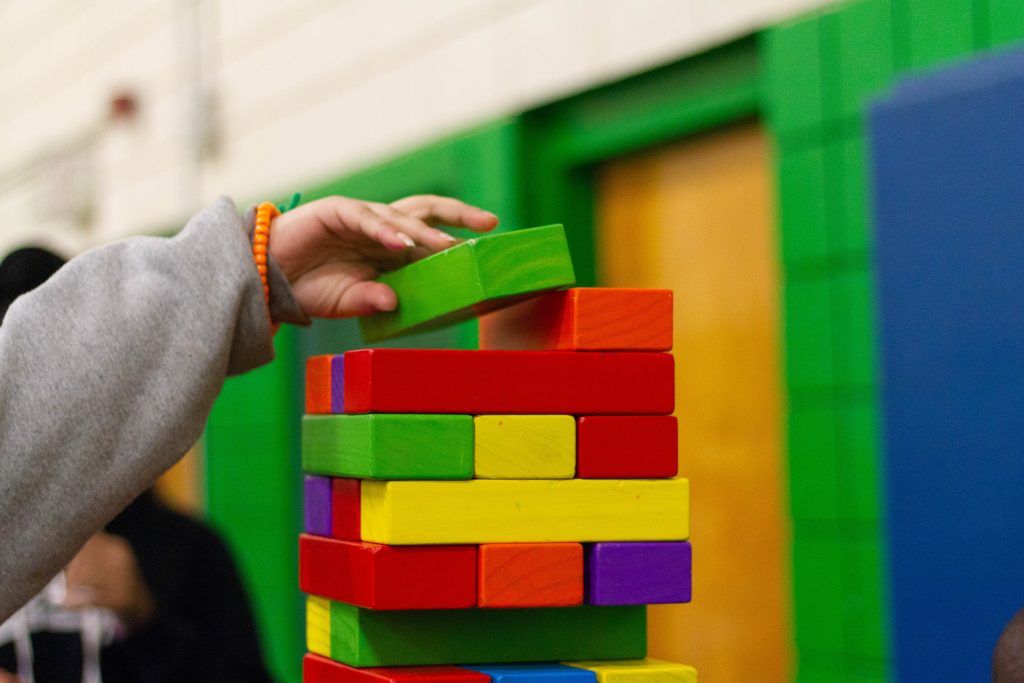Play can be a helpful strategy in an improbable discipline as math. Mathematics is known as an abstract, logical, and rigorous subject. Still, then it does not get enough credit for its true recreational spirit, which is well-hidden from the world.
Most of the literature on play as a learning agent is based on the early years, particularly kindergarten, where it is a more accepted pedagogical method. Children at play often reach a state that many psychologists call “flow,” a state of mind where the idea of time seems to disappear as they focus intensely on what they are doing. Getting to this state requires more than the freedom to play. It also requires that students learn basic mathematical concepts like counting and numbers in order to help them through their decision-making process. A playful pedagogy of mathematics can be codified and made real, rigorous, and authentic.
The project ‘RecreaMATHS’ was created to shift the perception of mathematics by teaching it to kindergarten children with meaningful non-formal tools, which change the emphasis from “numeracy skills” and ‘skill and drill practices’ to teaching the ‘language of math’.

Play is an excellent tool to support learning. Playing and thinking are not strange to one another, even though play is often associated with switching off thinking being only a pleasurable activity. This way, mathematical ideas are not just abstract, confusing formulas on a page but concepts that can be discussed and interesting. Play helps math teaching beyond memorization; it allows a more comprehensive understanding of mathematics overall. It encourages students to reason and wonder as they develop their problem-solving skills, creating a spirit of curiosity, even for simple concepts, playfully engaging students. Play makes open spaces for thinking where teachers can guide students in the fascinating world of mathematics.
The RecreaMATHS pedagogical process is:
Playful: an approach that creates joyful experience active thinking and social interaction.
Experiential: it includes project-based and inquiry-based learning through the activation of mechanisms of reflection, formation and testing of hypothesis and construction of concepts.
Computational: since the activities adopt the aspect of challenges that should be solved through active thinking or conversation/dialogue (math discourse)
Embodied: the methodologies incorporate and activate “the physical body into learning through movement”, inasmuch the storytelling techniques -on the one hand along with the hands-on exhibits, on the other hand, put the kids’ body into movement and expression.
Based on a multidisciplinary approach: all the material is focused on diversity and the multiple ways in which math is used and shared.
Finally, all the RecreaMATHS materials are designed and constructed to be consistent with specific criteria that promote inclusion in the learning, to be suitable for students with Specific Learning Disorders.
RecreaMATHS is aiming for the following results:
A methodological guide to formulate the synthetic elements of a solid and coherent pedagogical approach.
A sophisticated collection made up of 5 mathematical e-books for kids (4-5 years old) and a second version for children 6-7 years old that could be used in kindergarten and primary schools’ classrooms; both endowed with animations, illustrations and audio material/recordings. In addition, a Creation- Kit on mathematical e-books appealing to educators aspires to guide the latter on the creative, pedagogical and technical aspects of generating tailor-made E-books on math from scratch.
An entire collection of 12 hands-on plus 2 Virtual Mathematical exhibits for kindergartens, based on the principles of experimental learning and play-based pedagogies. The exhibits will be accompanied by their blueprints, relevant info and pedagogical guidelines, and relevant workshops and lesson plans.
A concise 20-hour Module on 3D modelling, printing and photogrammetry endows kindergarten educators with the appropriate know-how on how to utilize computer-aided software with the aim to ideate, design, illustrate and print out their math manipulatives and three-dimensional exhibits.
Plus a creation kit composed of design maps thoroughly analyzed instructions and ready-to-print procedures (3D) of the 12 mathematical exhibits.